Mumbai Restricts Water Use, Fueling Protests
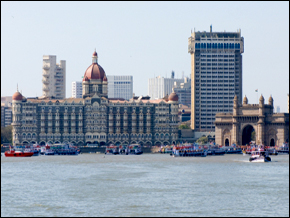 A below-average monsoon has brought government-imposed limits on water use and public anger in Mumbai, a city that already faces low water levels.
A below-average monsoon has brought government-imposed limits on water use and public anger in Mumbai, a city that already faces low water levels.
The Maharashtra state government has announced that no new water connections for buildings taller than seven stories will be authorized until Mumbai’s supply augmentation project is complete in 2012, the Times of India reports.
The new restrictions follow a decision by the Brihanmumbai Municipal Corporation (BMC) – Mumbai’s water utility – to reduce residential supplies by 15 percent and business supplies by 30 percent until June 2010.
“With the burgeoning population in Mumbai, the demand for water will increase in coming years. We need to be prepared for the worst,” said chief minister Ashok Chavan to the Times of India. “You should realize that there has been less rainfall during the last monsoon. Also, the rains were delayed by two months.”
The residential cuts have prompted at least one large protest. During a demonstration against the cuts earlier this month, one man died and a dozen people suffered minor injuries, Reuters reports. Many of the 18 million people living in greater Mumbai have water service only a few hours per day.
City officials have three large water projects planned to increase Mumbai’s water supply. The Middle Vaitarna project – consisting of a 105-meter dam and 35-kilometer tunnel – is under construction and will be completed in 2012. The project will supply 455 million liters per day (MLD) – a 13 percent increase. Meanwhile the Gargai (455 MLD) and Pinjal (865 MLD) projects will commence as soon as the Middle Vaitarna project is complete. These dams – 120 km and 130 km from Mumbai, respectively – have been fast-tracked due to the water shortage.
But some city officials are having second thoughts about the Gargai dam because the cost might outweigh the benefits, the Indian Express reports.
“The water yield is very low and it will be too costly to build a dam for Gargai,” said one official to the Indian Express. “We would have to go for a weir and divert some water from Pinjal into it.”
But large-scale engineering projects are not the only way forward, some argue.
Mumbai resident Naveen Chandra has constructed a water harvesting system for his apartment complex. The system of tanks and pipes traps rainwater, which is used to flush toilets, water gardens and wash cars. As a result, water use from the city grid has dropped 30 to 40 percent at his complex.
“The only answer for Mumbai is to do rainwater harvesting,” Chandra, a retired engineer, told the BBC. “You don’t let rainwater go into the sea.”
In October 2002, the BMC made water harvesting systems mandatory for buildings with a ground area over 1,000 square meters. In 2007 the mandate was extended to buildings greater than 300 square meters in size. However, the program has been poorly implemented because of a lack of monitoring, the Telegraph of India found.
Experts warn that if conservation methods aren’t implemented soon, the city’s water crisis will worsen.
Source: Times of India
Read more South Asia coverage from Circle of Blue
Brett writes about agriculture, energy, infrastructure, and the politics and economics of water in the United States. He also writes the Federal Water Tap, Circle of Blue’s weekly digest of U.S. government water news. He is the winner of two Society of Environmental Journalists reporting awards, one of the top honors in American environmental journalism: first place for explanatory reporting for a series on septic system pollution in the United States(2016) and third place for beat reporting in a small market (2014). He received the Sierra Club’s Distinguished Service Award in 2018. Brett lives in Seattle, where he hikes the mountains and bakes pies. Contact Brett Walton


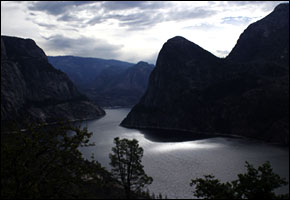
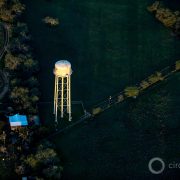
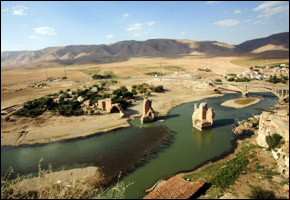

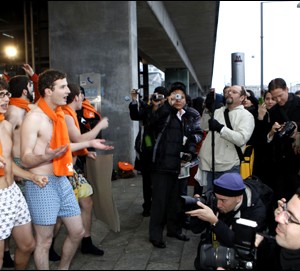

Great article! I read the content. It is very informative. Thanks!